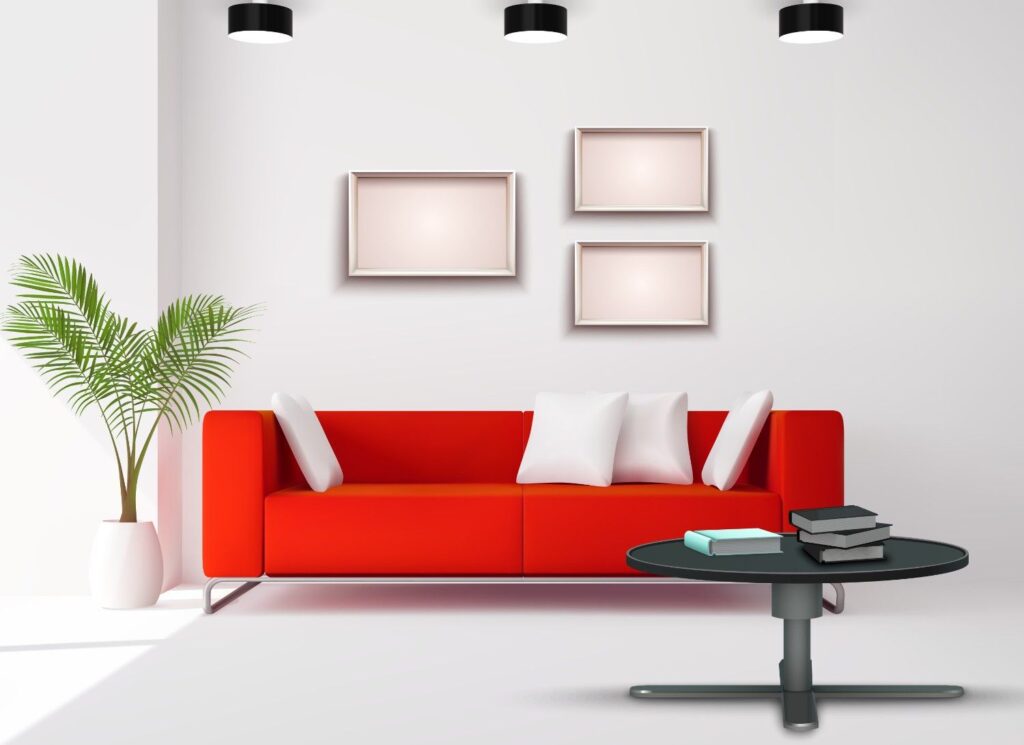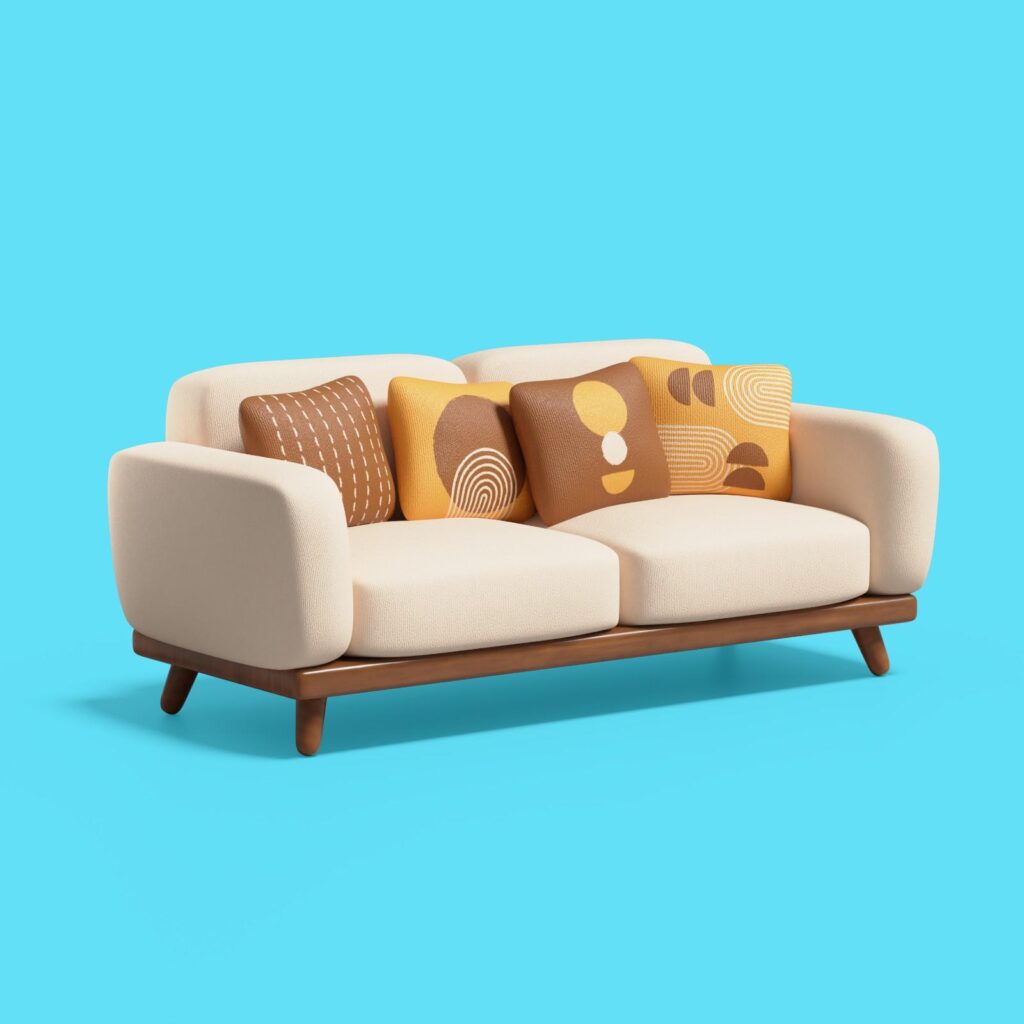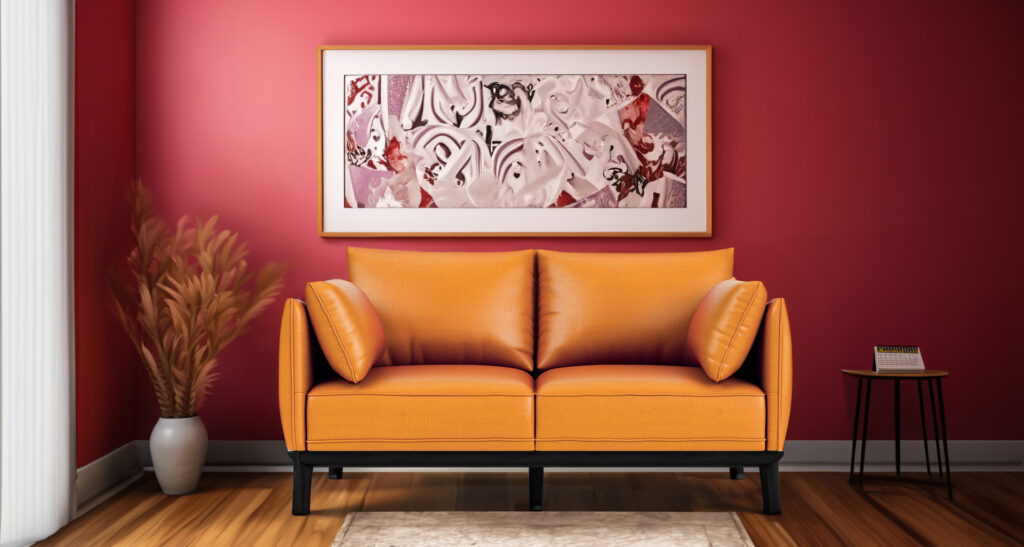OUTSOURCE CREATIVE SERVICES - OUTSOURCE CREATIVE WORKS-OUTSOURCING CREATIVE WORK - OUTSOURCE CREATIVE DESIGN -OUTSOURCE 2D ARTWORKS - 2D ART SERVICES - 2D ART OUTSOURCING -ART OUTSOURCING - OUTSOURCE ILLUSTRATION WORKS - OUTSOURCE ILLUSTRATION SERVICES - OUTSOURCE 3D MODELING - 3D MODEL OUTSOURCING- OUTSOURCING CAD WORKS- OUTSOURCE ARCHITECTURAL SERVICES -BIM - REVIT - 3D FLOOR PLAN - BIM OUTSOURCING SERVICES - MEP - REVIT MODELING - 3D FURNITURE MODELING - 3D ARCHITECTURE MODELING - AUGMENTED REALITY MODEL - VIRTUAL REALITY MODEL - 3D RENDERING - PRODUCT MODELING - 2D SERVICES - OUTSOURCE CREATIVE SERVICES -3D MODELING SERVICES - VFX
What is 3D Furniture Modeling and Why Outsourcing is Essential
In the rapidly evolving world of retail, real estate, and interior design, the quality of visual content dictates purchasing decisions. Gone are the days when a simple 2D sketch or a grainy photograph was enough to sell a luxury sofa or a complex modular kitchen. Today, the market demands immersion, realism, and personalization. This shift is driven entirely by 3D Furniture Modeling, a critical technology that is redefining how furniture is designed, manufactured, marketed, and sold.

For designers, manufacturers, and e-commerce platforms, the challenge is clear: how do you deliver a vast, highly realistic digital catalog on a tight schedule and budget? The answer, increasingly, is through strategic outsourcing to specialized 3D modeling firms, a partnership that converts a technical challenge into a distinct competitive advantage.
This comprehensive guide will break down the essence of 3D furniture modeling, explore its multifaceted applications, and detail the compelling strategic and financial reasons why outsourcing this highly specialized service is the key to thriving in the modern digital marketplace.
Part I: Defining 3D Furniture Modeling
What is 3D Furniture Modeling? 🛋️
3D Furniture Modeling is the technical process of creating a three-dimensional digital representation of a piece of furniture using specialized computer software. It involves defining the object's geometry, proportions, surfaces, and materials in a virtual space.
Unlike a simple photograph, a 3D model is a complete digital asset that can be:
- Rotated and viewed from any angle (360-degree view).
- Placed into any virtual environment (interior renderings or virtual staging).
- Modified instantly (changing color, material, or dimensions).
- Optimized for different platforms (e-commerce, Augmented Reality (AR), or Virtual Reality (VR)).
The process transforms a 2D blueprint, a rough sketch, or even a physical product into a data-rich, mathematically accurate 3D file. This digital file, once complete, is often passed to a 3D rendering process, where lighting, shadow, and advanced material textures are applied to produce the final, photorealistic image or animation.
The Key Technical Components of a 3D Model
Creating a high-quality 3D furniture model requires mastery of several technical aspects:
| Component | Description | Importance |
| Geometry & Topology | The framework of the model, built using vertices, edges, and polygons. It must be clean, correctly scaled, and optimized (low-poly for web/AR, high-poly for photorealistic rendering). | Ensures accurate dimensions and smooth movement in interactive applications. |
| Texturing & Materials | Applying digital textures that mimic real-world materials, such as the grain of wood, the weave of fabric, or the reflection of metal. This relies on Physically Based Rendering (PBR) techniques. | Crucial for realism; without proper texturing, the model looks fake and digital. |
| UV Mapping | The process of "unwrapping" the 3D surface to apply a 2D texture map correctly. | Prevents seams and stretching on complex surfaces (like patterned upholstery). |
| Level of Detail (LOD) | Creating multiple versions of the model with varying complexity. | Allows the model to load quickly on a website (low-poly) while retaining detail for close-up renders (high-poly). |
Part II: The Importance of 3D Furniture Modeling Across the Business Lifecycle

The impact of 3D modeling spans the entire furniture and interior design business, from the initial concept to the final sale. It is a unifying asset that streamlines processes and drives measurable results.
1. Revolutionizing Design and Prototyping
In the past, designers relied on costly, time-consuming physical prototypes to test their concepts. 3D modeling has virtually eliminated this bottleneck:
- Accelerated Iteration: Designers can translate ideas into a virtual model in hours. They can change the legs on a chair, modify the depth of a cabinet, or switch material finishes with a few clicks. This rapid iteration allows for greater innovation and ensures the final product is perfectly optimized before any material is cut.
- Precision Engineering: The model serves as the digital blueprint for manufacturing. It eliminates the ambiguity of 2D drawings, ensuring that engineers, manufacturers, and assembly teams are working from a single, mathematically precise file, drastically reducing production errors and costly rework.
- Generative Design: Advanced 3D modeling, often powered by AI, can take functional requirements (weight tolerance, material properties, aesthetic style) and automatically generate optimized design variations, pushing the boundaries of form and function.
2. Transforming Sales and Marketing
This is where 3D modeling delivers its most visible and significant Return on Investment (ROI). Digital assets have replaced traditional photography in marketing.
- Photorealistic Rendering: Manufacturers can create thousands of stunning, virtually indistinguishable from real-life images for their entire catalog without building a single physical prototype or staging an expensive photoshoot. This saves massive amounts of time and budget.
- E-commerce & Customization: 3D models power product configurators on e-commerce sites, allowing customers to customize dimensions, materials, and colors in real-time. This level of personalization increases customer confidence and drastically reduces product returns.
- Augmented Reality (AR): The optimized 3D model is the core asset for AR applications. Customers can use their phone to virtually place a piece of furniture—scaled perfectly to size—into their own living room. This direct visualization eliminates buying friction and drives sales.
- Virtual Staging: For real estate and interior designers, 3D models are used to digitally furnish empty rooms, presenting a warm, inviting, and personalized space to clients at a fraction of the cost of physical staging.
3. Enhancing Customer Experience and Trust
3D modeling is fundamentally about giving the customer clarity and confidence. By allowing them to see the exact product from every angle and visualize it in their space, it shifts the buying decision from guesswork to certainty. This leads to higher conversion rates, greater customer satisfaction, and stronger brand loyalty.
Part III: The Strategic Imperative of Outsourcing 3D Furniture Modeling

Given the complexity, specialized skill set, and high capital investment required for top-tier 3D modeling, most furniture brands and design firms find it economically and strategically superior to outsource this function to specialized partners, such as Outsource 3D Modeling.
The decision to outsource is driven by a desire to gain speed, quality, and scalability without the crushing overhead of maintaining an in-house studio.
1. Unmatched Cost Efficiency and Flexibility 💰
The financial case for outsourcing is compelling and immediate:
- Eliminate Fixed Overhead: Outsourcing eliminates the significant fixed costs associated with an in-house team: high salaries and benefits for senior 3D artists, perpetual software license fees (for tools like 3ds Max, Blender, or Maya), and the continuous investment in powerful hardware (rendering farms and high-end workstations).
- Convert Fixed to Variable Costs: Outsourcing allows businesses to adopt a pay-as-you-go model. They only pay for the services rendered, when they need them. During periods of low demand, there are no underutilized resources, making it a highly flexible and scalable solution for managing volatile workload fluctuations.
- Cost of Location: Outsourced services, particularly from regions with competitive labor costs, provide significant savings compared to the high operational costs of Western markets, all while maintaining global quality standards.
2. Access to Specialized Expertise and Cutting-Edge Technology 🛠️
A single in-house team often lacks the breadth of specialized skills needed for a diverse catalog. An outsourced partner offers a collective of experts.
- Diverse Skill Sets: A professional studio houses specialists in every niche: hard-surface modeling (for metal/wood), organic sculpting (for complex upholstery/soft goods), advanced texturing artists (PBR), and lighting experts (for photorealistic rendering). You gain immediate access to this pooled knowledge without hiring.
- Latest Technology: Outsourcing firms have the budget and mandate to constantly invest in the latest AI-powered modeling tools, rendering engines, and high-capacity rendering farms. This ensures the models and final renders are always created using the industry's most current, highest-quality techniques.
3. Accelerated Time-to-Market and Scalability 🚀
In a fast-paced retail environment, speed to market is a major competitive differentiator.
- Handling Peak Demand: If a manufacturer launches 50 new products simultaneously, an in-house team of three artists will be overwhelmed. An outsourced partner can seamlessly scale up resources to handle the massive volume, ensuring the entire catalog is ready for the launch date.
- The "Follow-the-Sun" Advantage: Global outsourcing partners leverage time zone differences. A client can send technical drawings at the end of their workday, and the outsourcing team can work on the modeling and rendering overnight, delivering progress updates by the client’s next morning. This "follow-the-sun" workflow dramatically compresses project timelines.
- Workflow Efficiency: Reputable studios operate on highly streamlined, proprietary workflows with rigorous Quality Assurance (QA) checks, guaranteeing fast delivery without sacrificing precision.
4. Uncompromising Quality and Consistency ✨
Ultimately, the goal is to produce visual assets that sell the product. Outsourcing guarantees this high bar.
- Photorealism: Specialized artists are masters of light and shadow, ensuring the final output is virtually indistinguishable from professional photography, which is essential for e-commerce conversion.
- Brand Consistency: For brands with thousands of products, ensuring every model uses the correct material representation and style guide is critical. Outsourcing studios implement strict QA protocols to maintain a consistent aesthetic across the entire product line, reinforcing brand identity.
- Focus on Core Business: By delegating the technical work, in-house teams—designers, marketers, and sales staff—are freed up to focus on their core competencies: design innovation, client relations, and strategic planning.
Conclusion: The Digital Future is Modeled and Outsourced
3D Furniture Modeling is far more than just a creative exercise; it is the digital engine that drives modern furniture design, manufacturing, and commerce. It provides the essential asset for everything from engineering precision to immersive customer experiences like AR and product customization.
For businesses looking to launch new products faster, elevate their visual quality, manage unpredictable workloads, and maintain a competitive edge, outsourcing 3D furniture modeling is not merely a cost-saving measure—it is a strategic investment in future-proofing their business. By partnering with an expert firm, they gain instant access to world-class talent and technology, ensuring their vision is brought to life with precision, speed, and photorealistic perfection. The time to transition the catalog from the physical photograph to the dynamic 3D asset is now.
Visit
Fore more details contact us : https://www.outsource3dmodeling.com/

No comments:
Post a Comment